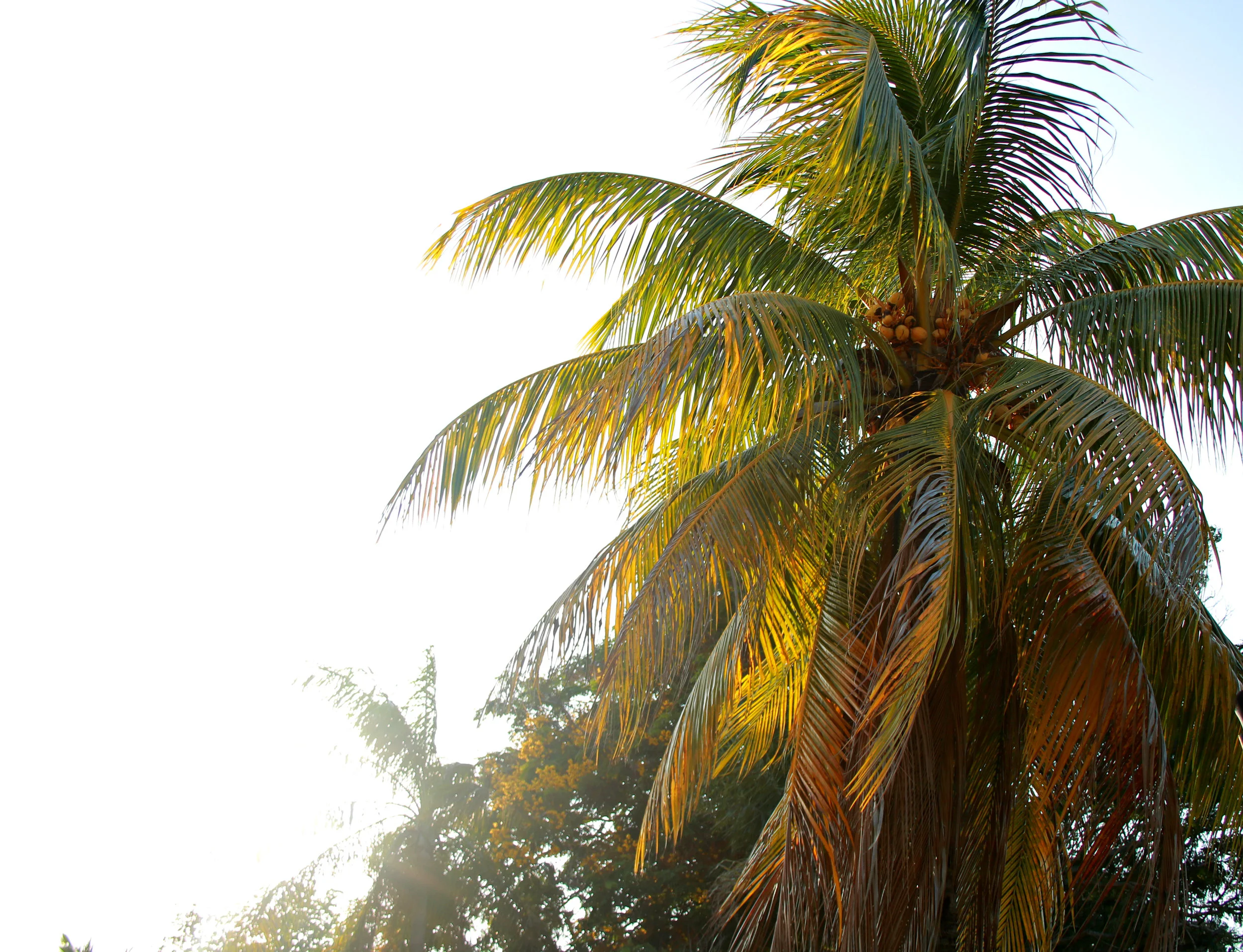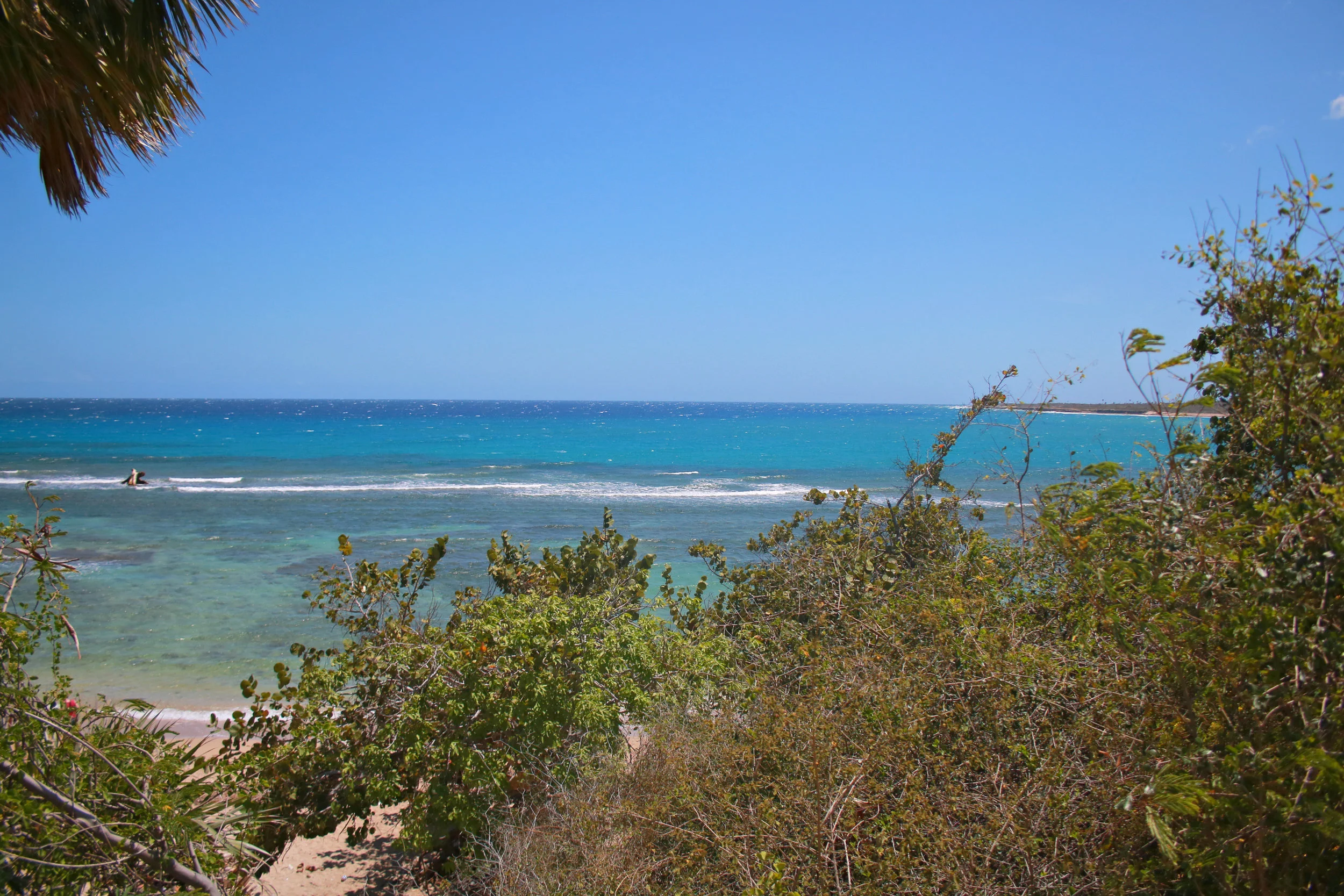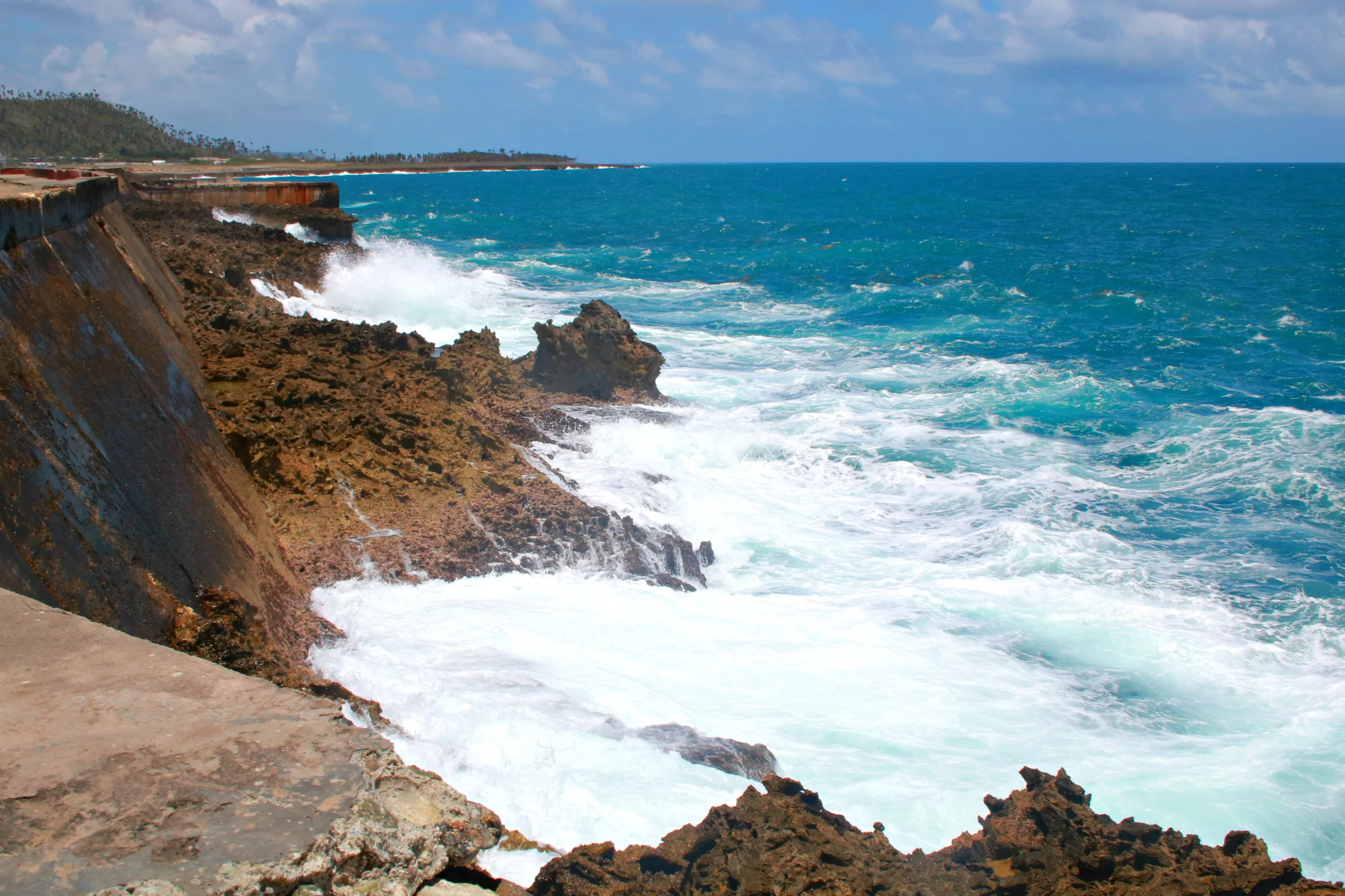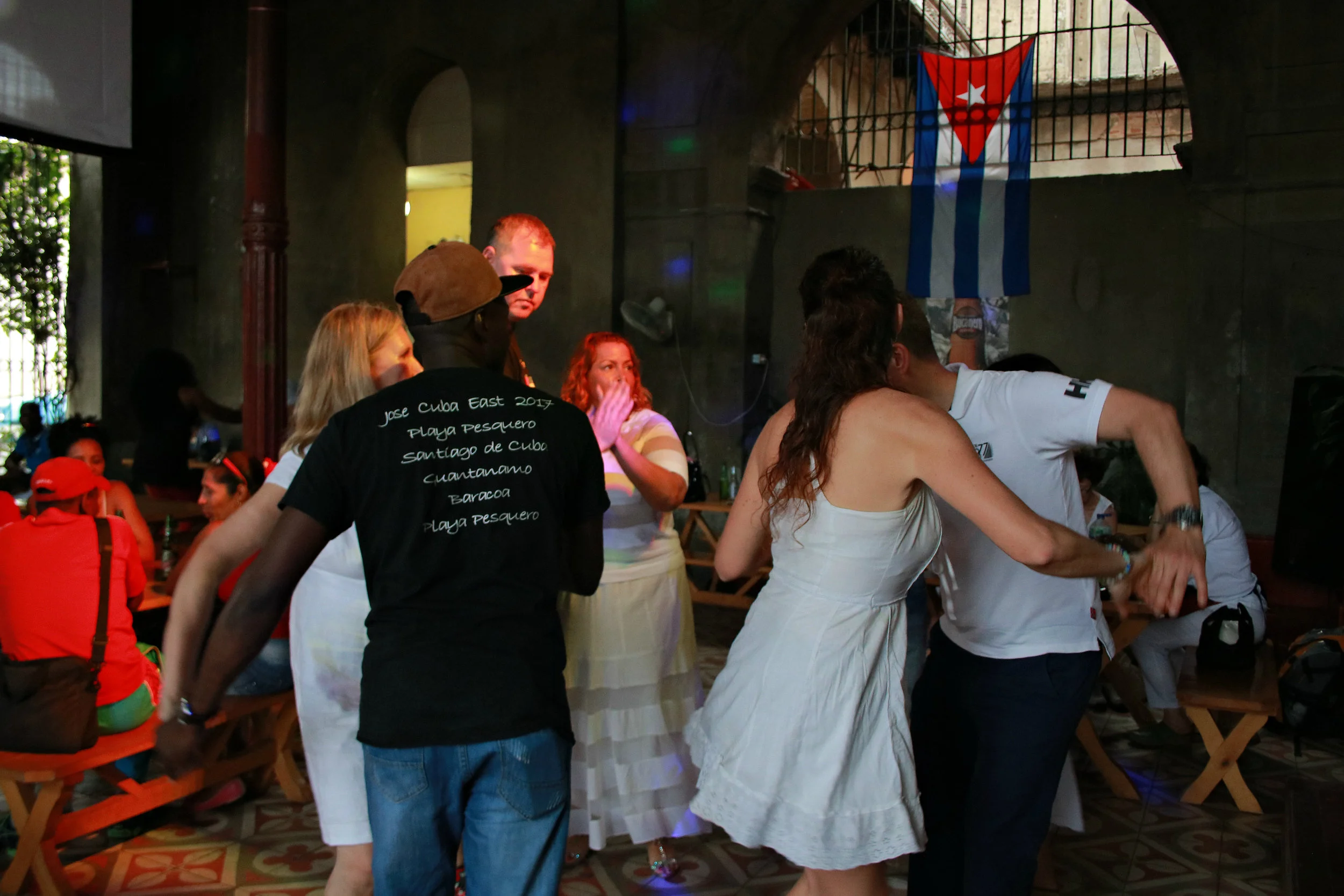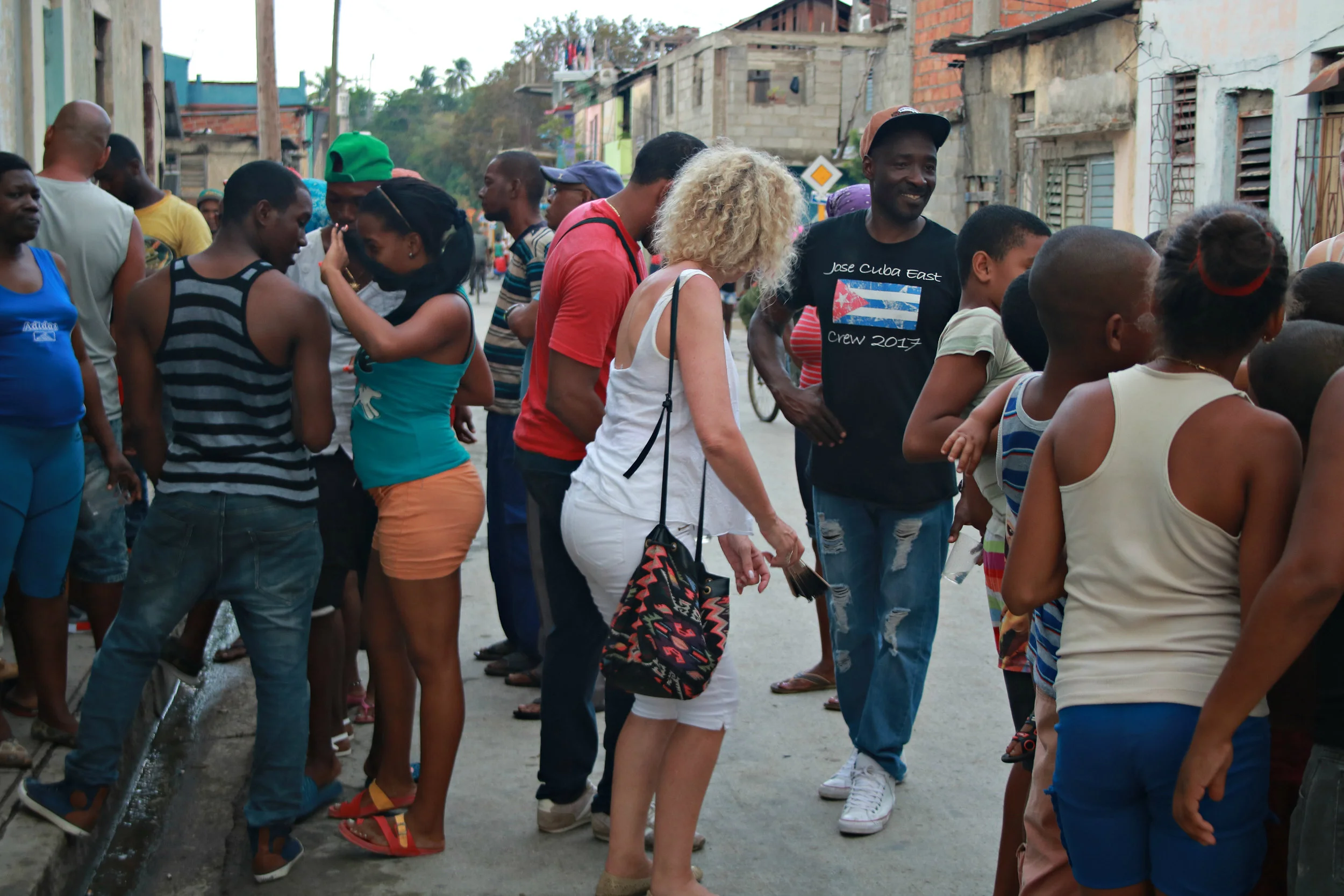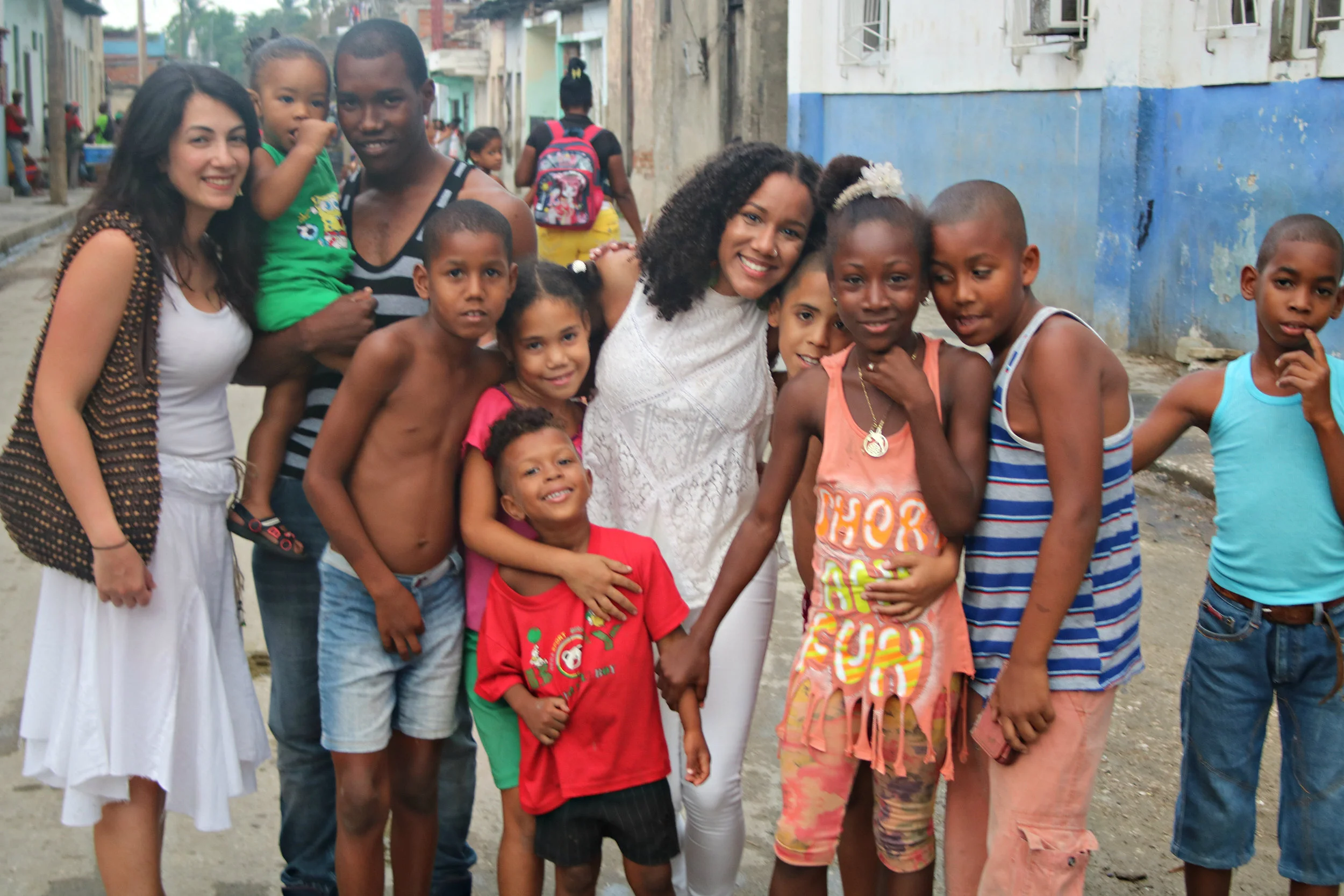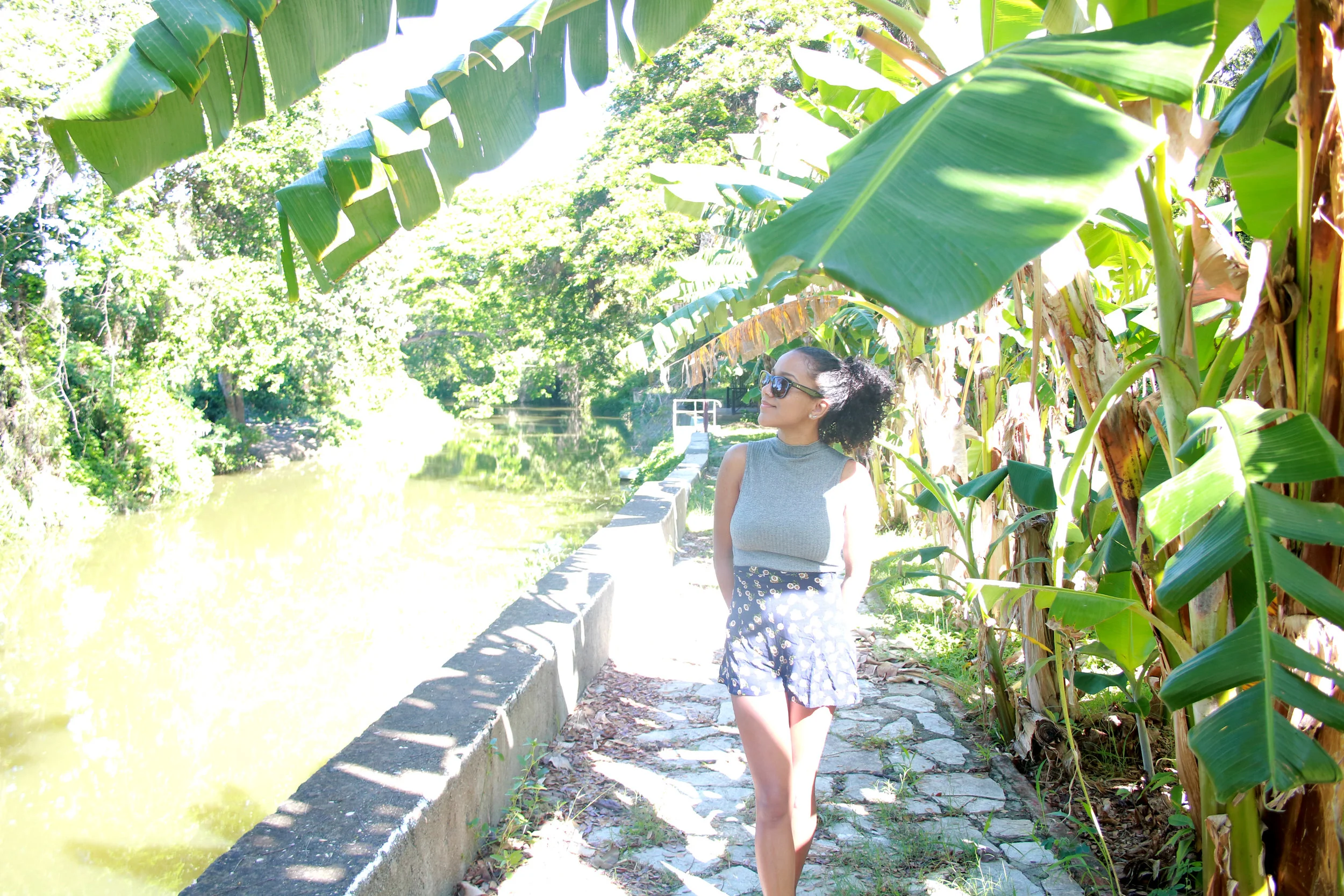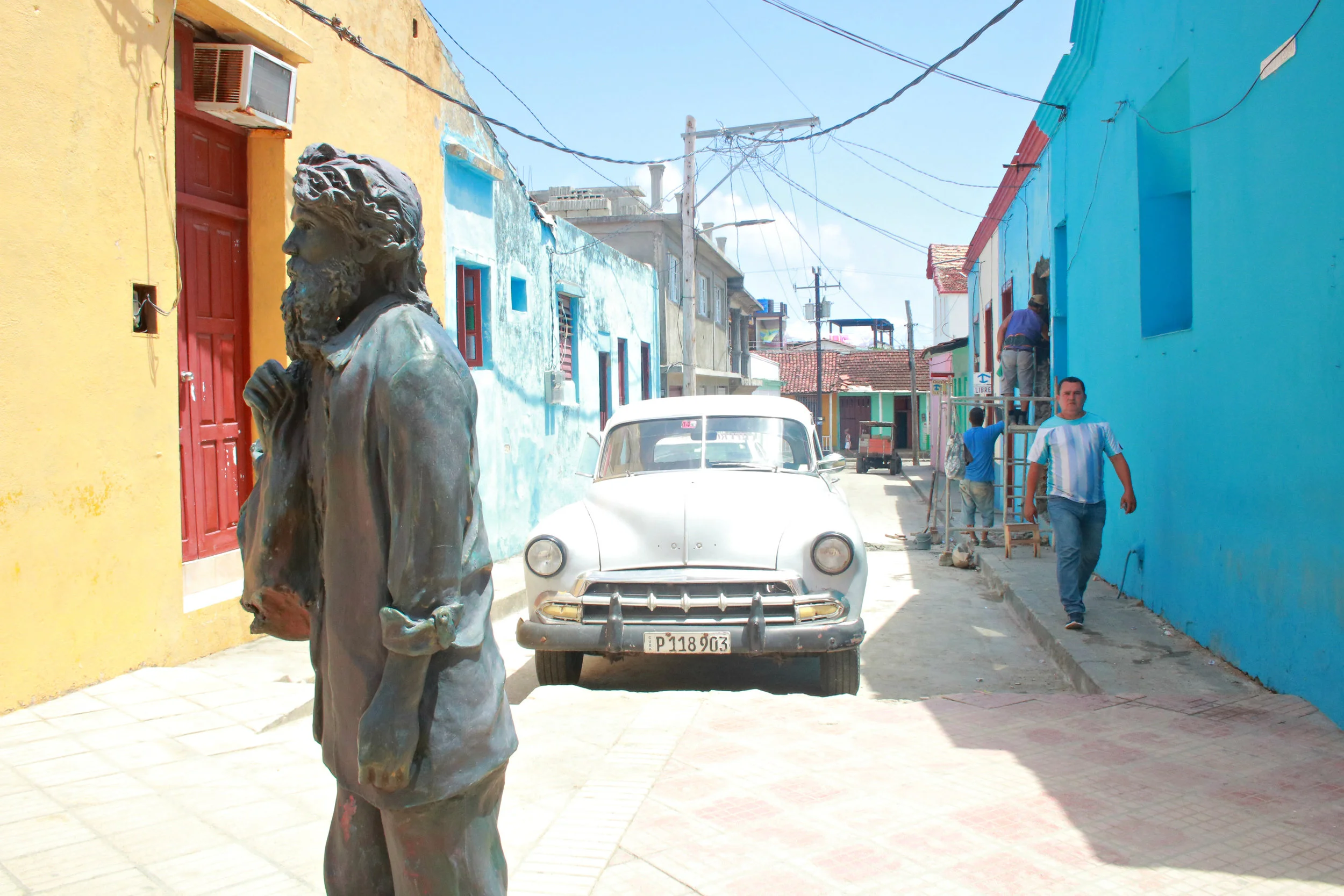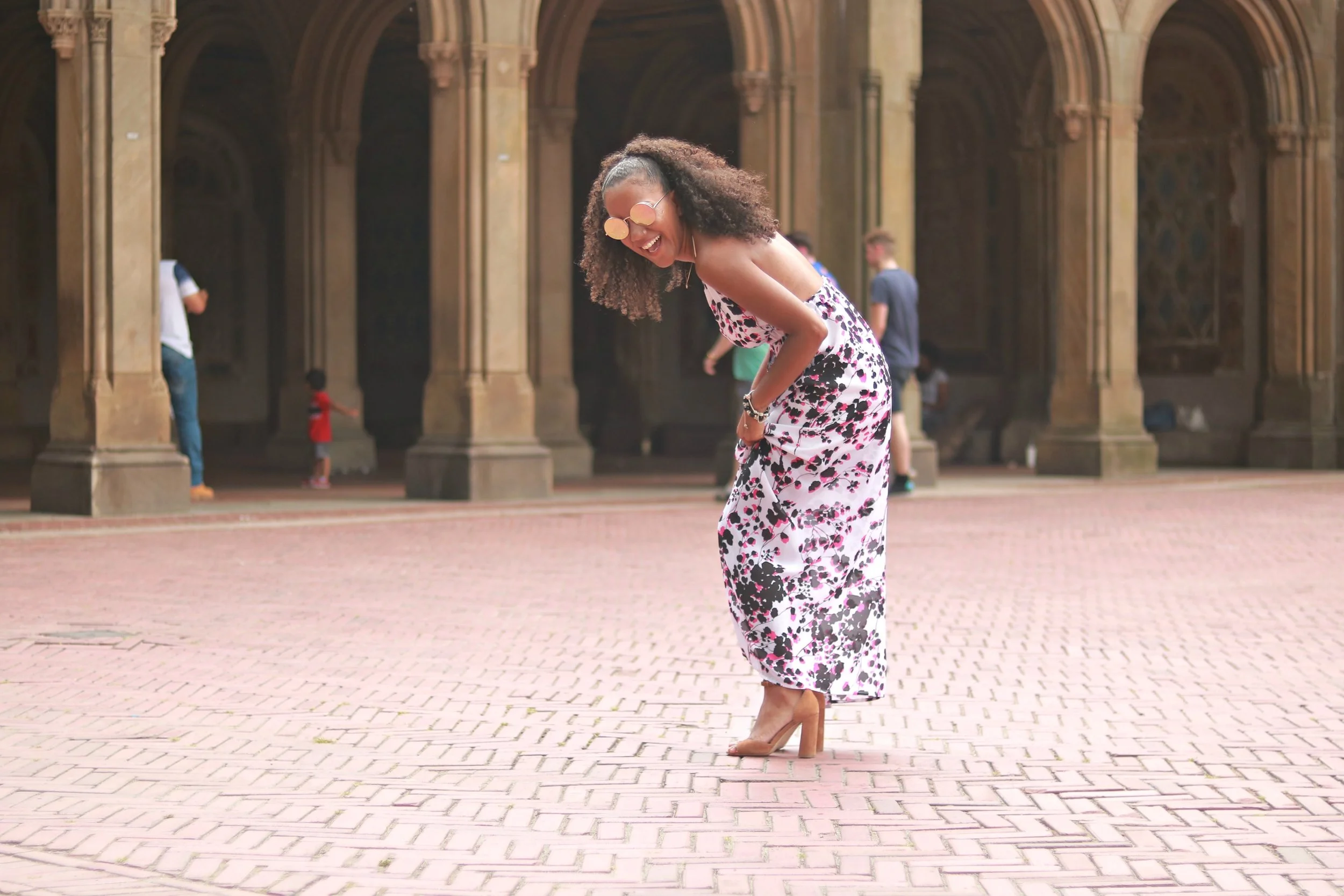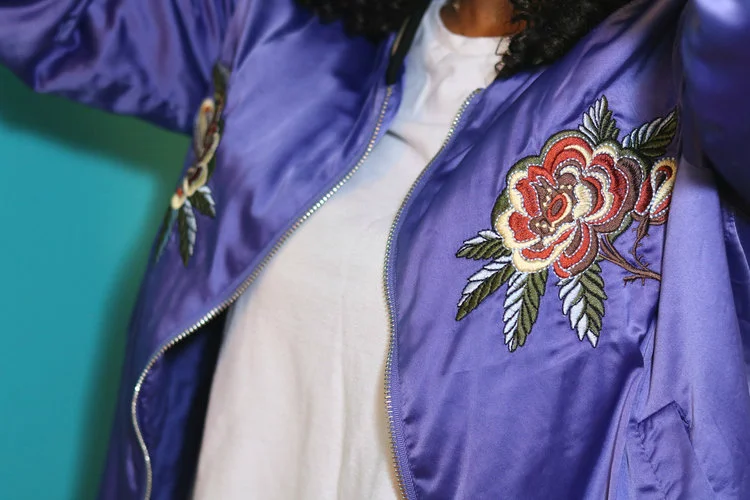Cuban Style
Location: Guantánamo; Photo by: Mika Roque
Location: Guantánamo; Photo by: Mika Roque
Location: Baracoa; Photo by: Mika Roque
Location: Baracoa; Photo by: Mika Roque
Location: Guantánamo; Photo by: Mika Roque
Location: Guantánamo; Photo by: Elina Minadou
Location: Guantánamo; Photo by: Elina Minadou
Location: Guantanamo
Location: Guantánamo; During the Conga; Photo by: Elina Minadou
Location: Guantánamo; Photo by: Elina Minadou
From the moment we begin school, when we're 3, 4 or 5, we are taught and expected to get a job and earn money in order to some day own assets and support ourselves and our families. Unfortunately, the things we are truly passionate about-- the things that give us the adrenaline rush we live for-- get lost and forgotten on our journeys to adulthood. Visiting Cuba in April reminded me to put my happiness first, and to never let adulthood and all of the expectations that come along with it get in the way of my passions and my happiness.
On my second day in Cuba, my salsa teacher, Jose, who is from Cuba and led the salsa tour across eastern Cuba, took us to his family's home in Guantánamo. This visit was everything. His family hosted a bembé, a religious gathering or party that was begun by African groups hundreds of years ago. The purpose of a bembé is to "cheer the pantheon of gods or orishas on the Regla de Ocha" (http://sonentero.blogspot.com/2009/07/african-roots-of-cuban-culture.html). It is a Santeria ceremony in which you are required to wear white (although many people just went in their normal clothes).
We took a taxi and rode through the old streets of Guantánamo to arrive at Jose's childhood home. I stepped foot into what felt like a different world entirely. Colorful cars, houses, vibrant people, and a feeling of simplicity that some might interpret as not enough but the inhabitants would interpret as just enough. I remember meeting a man later that week who they call Chi-Chi-- he showed me his home which I could see almost entirely from the sidewalk. He said, "I like a small home, it'd be too much work to walk around a big house."
At the bembé, the group and I crowded around the living room. We met Jose's family, introduced ourselves, and almost immediately afterward plastic cups and rum were passed around. The drummers (a very valuable and essential part of the bembé experience) began drumming sounds that initiated a ceremony. A man in red, with an aura and a smile that were even brighter, began to chant. We, the strangers (as they called us), stood alongside the walls of the room, shy and timid, but curious and excited, while everyone else danced in the middle of the room and responded to the singer's calls.
This felt familiar. I remember watching my mother experience a "limpieza con la agua," which translates to "a cleansing with water," a spiritual cleansing. I was very young-- around 5 or 6-- and we were living in Puerto Rico at the time. We were at the beach. I watched from afar as a group of people crowded around my mother. All of a sudden she seemed to lose control of her body. The group of people around her pushed her head towards the sea and continued to throw her into the water. My mother fought back but the people continued to push her down. Suddenly, on her own, she rose and walked back to shore. This was a Santeria ritual, similar to the one I witnessed in Cuba during the bembé. Except, instead of dancers "catching the spirit" on a beach, they caught it in a living room, surrounded by friends, family, and strangers (us, the tourists) amidst the sounds of chants and drums.
After the bembé, the drummers led the way outside and everyone including neighbors, friends, and family took part in the conga that transpired. It was like a family-and-friends-only parade. We danced in the middle of the street to the sound of more drums, more songs, more music created by our voices and our dances. Each and every single person around me had a smile on their face. Even the children around me were dancing like I've never seen 6-12-year-olds dance before. Of course in my obnoxious New York ways, all I could do was yell "eyy!! eyy!!" in excitement. If we're friends on Snap Chat you must know that sound all too well!
The conga ended after we danced for a few blocks around Jose's neighborhood. The music died down, the conversations grew louder, and we, the tourists, got to know the people of Guantanamo a bit more. While adults spoke, flirted, and danced with other adults, I befriended those tiny salsa dancers. I first spoke to one kid named Christian, and before I knew it, I was surrounded by kids who were at first really shy but then could not stop talking-- I loved it! A guy I met named Reidy told me the kids "tenían pena." Which, where my family comes from (Puerto Rico and The Dominican Republic) translates to "they are sad," but to Cubans translates to, "they are shy," which I figured out on my own moments after. The kids asked me about the United States, about my opinion of Trump (which we all agreed we hated), and even about what their names sound like in English. It was very fun, to say the least. I look back at that moment and think about how much of a "Mika moment" that was. I'm a big kid at heart, which is why I work so well with youth, and why teaching has been very fitting so far :)
The best thing I heard that day was from one of the kids. Without asking him he told me, "We're happy here in Cuba!" To which I responded, "I can tell!"
And when he asked me, "Are you happy in the U.S.?" I wish I could have responded with the same confidence he had given me. Truth is, I am happy about many things here. Grateful, too. Yet visiting Cuba led me to experience a true, raw, genuine happiness that I have yet to experience here, but Cubans seem to carry everywhere.
Location: Baracoa; Photo by: Mika Roque
Location: Baracoa; Photo by: Mika Roque
What's the most unique experience you've ever had anywhere in the world?
Comment below!
-Mika xx



